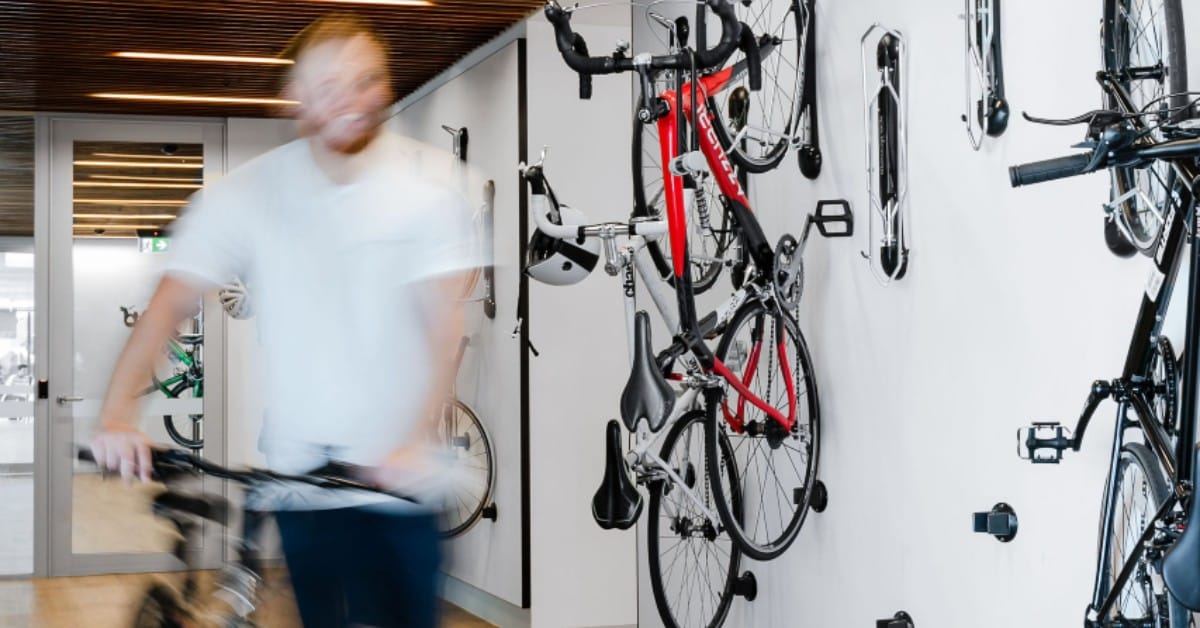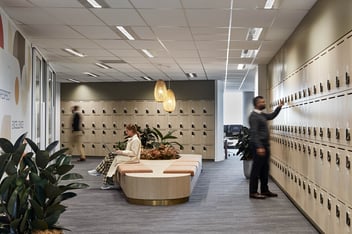
How to measure ESG sustainability performance in the workplace

ESG sustainability performance is becoming increasingly important, not just to investors but to top talent in a competitive job market. We've spoken about the benefits of ESG previously, but we haven't talked about measurement. In a space comprised of many factors, from real estate footprint to emissions to parental leave policies to supply chain approaches, measurement is no easy feat.
With no single gold standard for ESG rating, it's no wonder organisations are baffled when it comes to measuring their ESG sustainability performance. Let's explore the foundations of measuring ESG in the workplace to begin your ESG journey.
Choose your ESG focus areas
With an array of areas that fall into the ESG bucket, it can be challenging to focus on the areas most meaningful for your organisation.
Some broad examples of focus areas include:
- Carbon footprint reduction
- Energy efficiency
- Business ethics
- Diversity and inclusion
- Employee health and safety
- Product safety
But not all areas of ESG matter equally to each industry.
The Value Reporting Foundation, a global nonprofit organisation, has created a set of standards that may help.
"The Standards identify the subset of environmental, social, and governance (ESG) issues most relevant to financial performance in each industry."
You can check out their examples or download the complete standards to find out more.
What data do you collect?
Once you've decided on your organisation's areas of focus, the next step is to start collecting the data you'll need to measure your success:
- Start where you are: Consider data you may already be collecting; think about workplace safety data, energy use or workplace diversity metrics you're monitoring.
- Improve what you've got: Think about how your current data is collected and if the collection of that data can be improved in some way to make it more accurate. Then, is there a way you can enhance the reporting of that data to make it more insightful and valuable?
- Assess your gaps. Once you know your areas of focus and what data you're already collecting, you have an opportunity to see where there are gaps. What new data do you need to be gathering to measure your focus areas that you don't already have?
Benchmarking within your industry
Industry benchmarking compares organisations within the same industry to liken apples with apples rather than apples with oranges. For example, a logistics business with many trucks on the road will have a high environmental impact. Even if they were to do everything in their power to reduce this impact, their 'score' will likely always remain higher than an inherently greener business that does nothing to manage their environmental impact actively. It makes more sense then to benchmark this logistics business against other logistics businesses.
The details gathered through industry benchmarking can also be used by your business to better understand your own ESG position and your position relative to peers. It can also highlight what industry-leading practices look like.
How a workplace partner can help
Workplace partners, like Axiom, can help you to understand how your workplace decisions affect ESG sustainability, for example:
- Real estate footprint size: wrkx INDEX survey data can help you determine your optimal workspace footprint (environment) and how it can best support the people who work there (social).
- Workplace location: Your workplace partner can work with you to choose a location within a nominated building, taking into account the grade of the building, position and access to natural light.
- Connection to community: How to create spaces that connect to the local community and may or may not be available for them to use.
- Spaces for people: Creating spaces that support social aspects of ESG like diversity, inclusion, wellbeing, engagement and retention, to name just a few.
Want to learn more about the future of work? Read our progressive leader's guide to the future of work in Australia.




